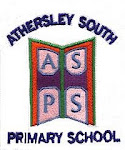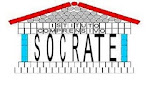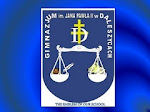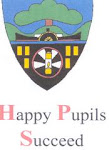Each nation creates the own national art, but the various factors influence them during evolution. Lithuanian folk art has changed in its form and content during the tradition periods. Ritual roundelays and dances gradually lost their mystical value and transferred to the dances and roundelays for recreation and fun. The genre of the traditional Lithuanian folk dance is still alive. People used to learn dances from parents and grandparents whose lives have been still greatly influenced by customs and traditions and who mastered dancing folk dances directly from their parents in outdoor country parties. Folk ensembles, who still participate in folklore collection expeditions in rural areas willingly dance these dances.
Lithuanians, as well as their Baltic neighbors, have always loved to dance. Young people gathered to dance in field parties (in summer), or in farmer houses (in winter). Older people and small children also took part in these festivities talking, socializing, and generally amusing themselves.
Looking still further back into the history, dance was also a part of ancient Lithuanian calendar celebrations and rituals.
Lithuanian folk dance "Kalvelis"
Kalvelis - in English it's mean a little blacksmith. It is very simple and very well-known Lithuanian dance. Looking at its name it might seem as it is a blacksmith's work depicting dance, but there isn't anything like this either in the movement or in the figures of the dance. Just a frequent clapping dancers' hands a little bit reminds the forging. The dance is rather quick, but it is easy to learn and funny to dance.




























1 Comment:
Hi from the pupils of "Istituto comprensivo Socrate" Italy
We liked your presentation and your school.We think that your traditional folk dance will be very interesting.
Post a Comment